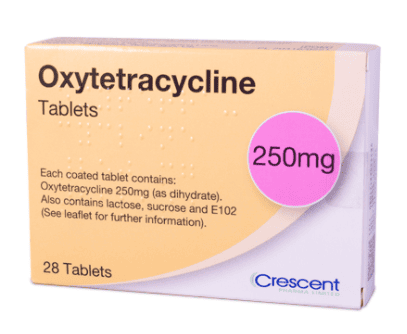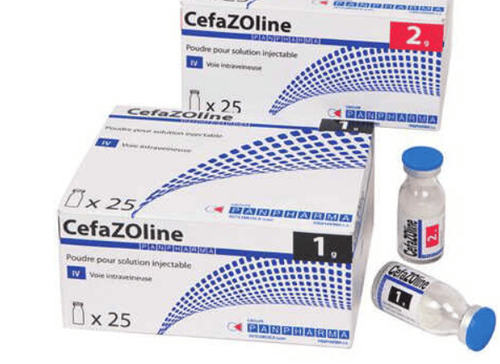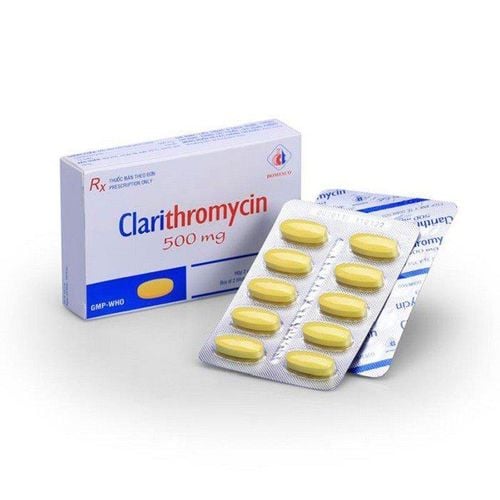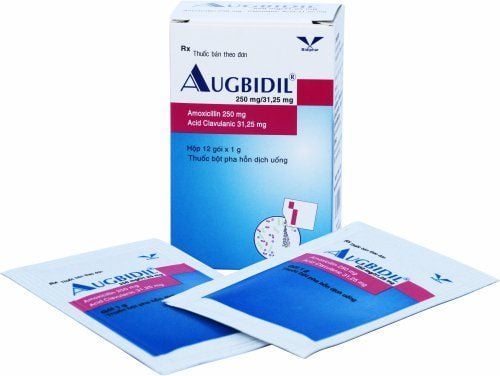This is an automatically translated article.
Trifamox medicine has Amoxicilline and Sulbactam as main ingredients, used in the treatment of respiratory tract infections, skin infections, bacteremia, genital and urinary tract infections,... Let's find out more details About how to use Trifamox effectively through the following article.
1. What is Trifamox?
Trifamox drug belongs to the group of drugs to treat parasites, anti-infectives, antivirals, and antifungals. Trifamox is prepared in the form of a powder for injection and packaged in a box of 1 vial of powder for injection + 1 ampoule of solvent.
Trifamox medicine has 2 types:
Trifamox 750 contains the main ingredient Amoxicilline in the form of Amoxicillin Sodium 500mg and Sulbactam in the form of Sulbactam Sodium 250mg. Trifamox 1500 contains the main ingredient Amoxicilline in the form of Amoxicillin Sodium 1000mg and Sulbactam in the form of Sulbactam Sodium 500mg.
2. What diseases does Trifamox treat?
Trifamox is used in the following cases:
Infections of the upper respiratory tract and lower respiratory tract. Skin & soft tissue infections Genital tract infections, obstetrics and gynecology, urinary tract infections. Dental infections. Sepsis, osteomyelitis, peritonitis, intra-abdominal infection, meningitis, infective endocarditis, typhoid & paratyphoid fever. Prevention and treatment of endocarditis.
3. Dosage - How to take Trifamox
Trifamox is prescribed by a doctor, patients need to strictly follow the dosage instructions on the doctor's prescription.
3.1. How to use Dilute the Trifamox powder in the Trifamox 750 vial with 5ml of distilled water for injection. Trifamox 1500 with 5ml of distilled water for injection. Trifamox when mixed should be used immediately after 15 minutes, if the drug has not been used up, it should be discarded. 3.2. Dosage The dose of Trifamox is referred to as follows:
Intramuscular Amoxicillin with the usual dose of 500mg, every 8 hours. For severe cases, it can be used 1g / time, 6 hours apart, by slow intravenous injection of Amoxicillin over 3-4 minutes or intravenous infusion over 30-60 minutes. Children up to 10 years old can be injected with 50-100mg of Trifamox/kg body weight/day, divided into small doses. For patients with renal failure, the dose of Trifamox must be reduced according to the creatinine clearance: Cl creatinine <10ml/min: 500mg Trifamox/24 hours. Cl creatinine >10ml/min: 500mg Trifamox/ 12 hours.
4. Contraindications to taking Trifamox
Trifamox should not be used in the following cases:
Patients with a history of allergy to penicillins or cephalosporins. Patients with a history of gastrointestinal diseases, especially ulcerative colitis, localized small bowel inflammation and antibiotic-associated enteritis. Patients with infection have mononucleosis.
5. Trifamox drug interactions
The following are some drug interactions when combining Trifamox with some other drugs such as:
Methotrexate used with Trifamox may decrease the clearance of Methotrexate and thereby increase the toxicity of the drug. Probencid used with Trifamox may decrease the renal tubular secretion of penicillins, prolonging blood concentrations, prolonging the half-life of the drug and increasing the risk of toxicity. Transient decrease in estriol & estrone concentrations when co-administered with Trifamox
6. Side effects when using Trifamox treatment
During the use of Trifamox, patients may experience some unwanted side effects such as:
Digestive system disorders such as: Nausea and vomiting, diarrhea, epigastric pain, indigestion. Hypersensitivity reactions: Urticaria, maculopapular skin, Quincke's edema, rash and rarely anaphylaxis. Interstitial nephritis. Hematological disorders such as: neutropenia, anemia, eosinophilia, dysfunction of platelets. Candida infection. Stevens-Johnson syndrome and erythema multiforme Pseudomembranous enterocolitis. Patients should inform their doctor, pharmacist of unwanted side effects during the use of Trifamox.
7. Pay attention to precautions when using Trifamox treatment
Use Trifamox with caution in patients with a history of gastrointestinal disease such as: regional enteritis, ulcerative enteritis, antibiotic-associated enteritis. Patients with infectious mononucleosis.
The patient has a history of allergies and hematopoietic disorders.
Use Trifamox with caution in pregnant & lactating women.
During the use of Trifamox, if superinfection occurs, treatment with the drug should be stopped and appropriate treatment measures should be applied.
During the use of Trifamox drugs may appear to increase the transaminae index of the liver.
Patients should use supportive contraception for female patients on estrogen or progestin-based contraceptive therapy, because there is a slight decrease in the relationship between estrone and estriol levels with concentrations of estrone and estrone. sradiol in serum.
Patients need to conduct periodic liver and kidney function tests if using Trifamox for a long time.
Trifamox drug is used in the treatment of skin infections, bacteremia ... before using the drug, patients should carefully read the instructions for use and consult a doctor to use the drug as indicated. and efficient.













